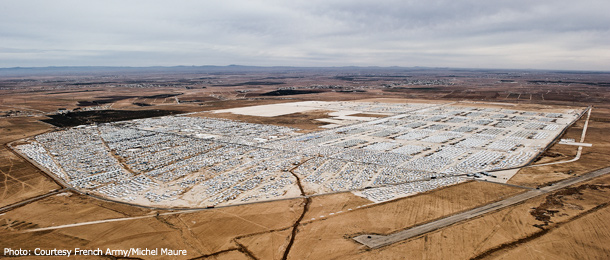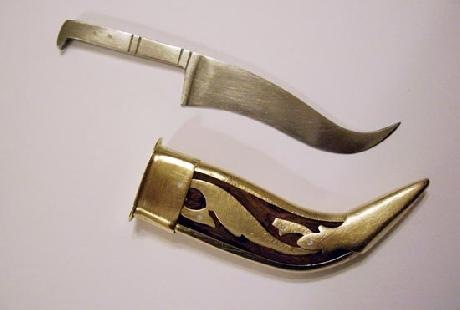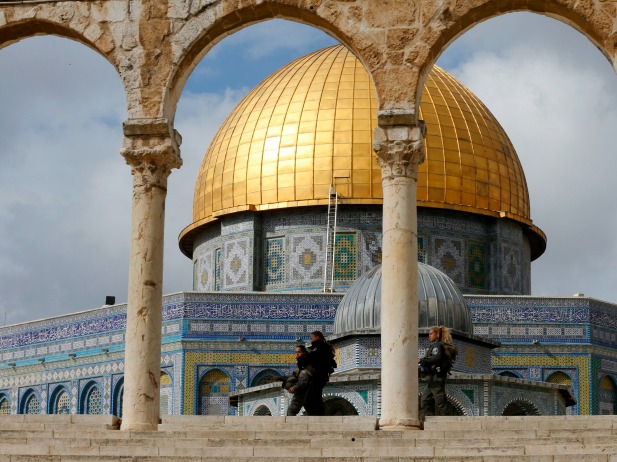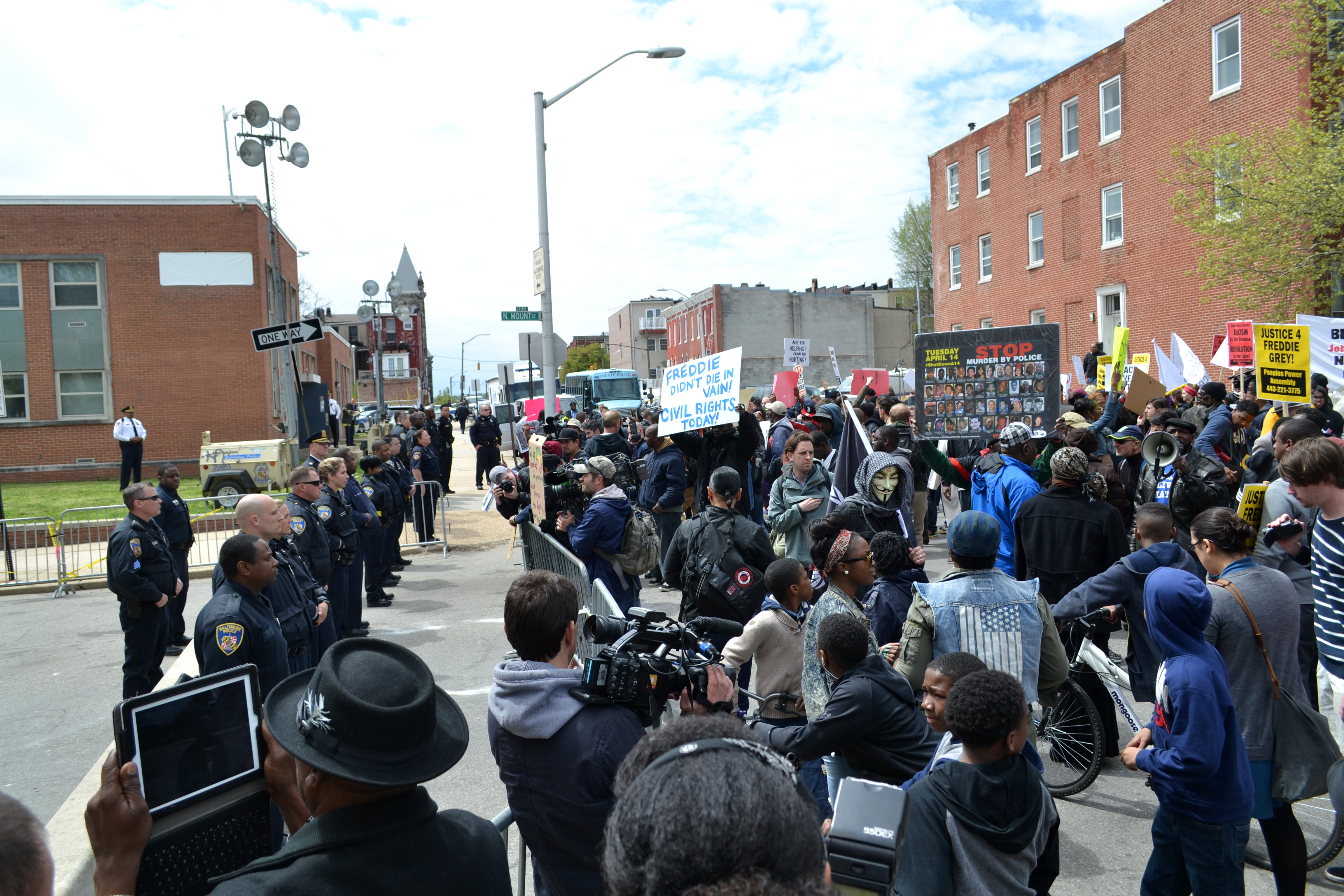For over 3 million Syrians, home is no longer Damascus, nor Aleppo, nor Homs, nor the many other towns and cities scattered throughout Syria. Rather, they now call the run down apartments in Beirut, the mosques in Cairo, and makeshift tents in Turkey their homes. For many of those same Syrians, the word ‘home’ has become synonymous with the word Za’atari. This is the name of one of the world’s largest refugee camp. While not being a signatory to the 1951 ‘Convention relating to the Status of Refugees’, the Kingdom of Jordan finds itself Za’atari’s reluctant owner.

Situated in northwestern Jordan, approximately 10km east of Mafraq, a short distance from Daraa in southern Syria, the Za’atari refugee camp has become a screenshot of the Syrian refugee crisis. Originally intended to become a temporary placement for refugees fleeing a conflict that was expected to end quickly, the camp has taken on a permanent nature. Opened on July 28, 2012, Za’atari has seen the number of refugees inside its borders surpass the 200,000 mark. Today that number hovers just under 100,000. This behemoth of a camp is 1.3 sq. miles in size and is currently pegged as Jordan’s fourth largest city. A New York Times piece likens Za’atari to the favelas in Brazil or the slums of Egypt. This camp also comes at a hefty price tag as it currently costs an estimated $500,000 a day to run.
The Breakdown

A majority of Za’atari’s residents come from the Sunni conservative city of Daraa. Over 50% of the inhabitants are female and nearly 60% of the total inhabitants are under the age of 18. On average, the camp sees 11 newborns per day. While birth registration is a right of all children under international law, families fleeing Syria and arriving in Za’atari are having a difficult time registering their children. Being born in exile ultimately means these children are exposed to heightened risks of exploitation and abuse. In camps like these, it is not unusual to hear of such cases. To make matters worse, residents must find a way to collaborate with their neighbors. For example, up to 50 people share a single toilet while reports outline how the poor sewage system means regular flooding of occupied tents with waste.
The harsh conditions of Za’atari have also made it difficult for women in general, and girls more specifically. According to the United Nations, poverty is the leading factor behind the spike in child marriages. A quarter of the marriages that occur inside the camp involve girls under the age of 18. Of course these child brides are not given much of an ultimatum. However even if they were, it’s hard to imagine what they would choose considering what they receive in return. Being married off to a wealthy businessman represents some form of financial security for the families of the girls.
The living conditions in Za’atari can become unbearable to the point where Syrians would prefer leaving the UNHCR administrated camp to test their luck outside its borders. Their only option would be the urban cities. Of course working illegally means they are afforded no aid and become subject to labor violations. But the urban city problems don’t start there. Syrians in general are not allowed to leave the camp without the permission of the Jordanian police. As such, to be able to leave Za’atari, a Syrian refugee must work out a deal to exchange money or valuables for bail. This is usually done through smugglers with whom no previous relationship or familiarity existed. Therefore it is not uncommon for Syrians to give up something of value only to find out they have been cheated or, are returned to the camp by Jordanian police.
While the distance between the barrel bombs and Za’atari evokes a minor semblance of peace and security, one of the major concerns surrounding Za’atari is the frequent eruptions of violence. There have been incidents of stoning, riots erupt in various parts of the camp, and group mentality takes hold. Gangs have been formed and turf wars have ensued. The manager of Za’atari, Kilian Kleinschmidt, rightly pointed to the psychology driving these refugees. Coming from what effectively became a war-torn country, and being anti-governmental, “these people don’t trust anybody any more…they don’t like authority.”
Champs-Élysées
The Syrians who remain, must find a way to cope with the harsh reality of the day-to-day life in Za’atari, and carry on. One of the most fascinating aspects of life in Za’atari is the manner in which these Syrians have done just that.

Amidst all the hardship, the poor filtration systems, and unsafe streets, a little makeshift commercial district has sprung up. Taking a stroll down what is considered the hub of Za’atari one can find a variety of shops for all the needs from pizzas to wedding dresses. It has all the bustle and commotion of a busy downtown street. There are over 2,500 different shops inside Za’atari including a travel agency. Early on when the French military were involved in the camps maintenance, they decided to name this ‘hub’ the Champs-Élysées in reference to the famous Paris symbol.
To offset the pressures of maintaining Za’atari, officials launched a second camp by the name of Azraq. Located approximately 100km east of Amman, Azraq was built with the intention of holding up to 100,000 Syrian refugees. Azraq, however, is a strictly governed camp that comes without the leniency offered in Za’atari. As the Syrian conflict rages on with no end in sight, Syrians will continue to migrate into the camps to begin what they hope will be a temporary stay. For better or for worse they must make do with what they have and as such the natural urban growth in Za’atari has, as a relief worker from Morethanshelters states, given “refugees a sense of ownership and dignity”.




